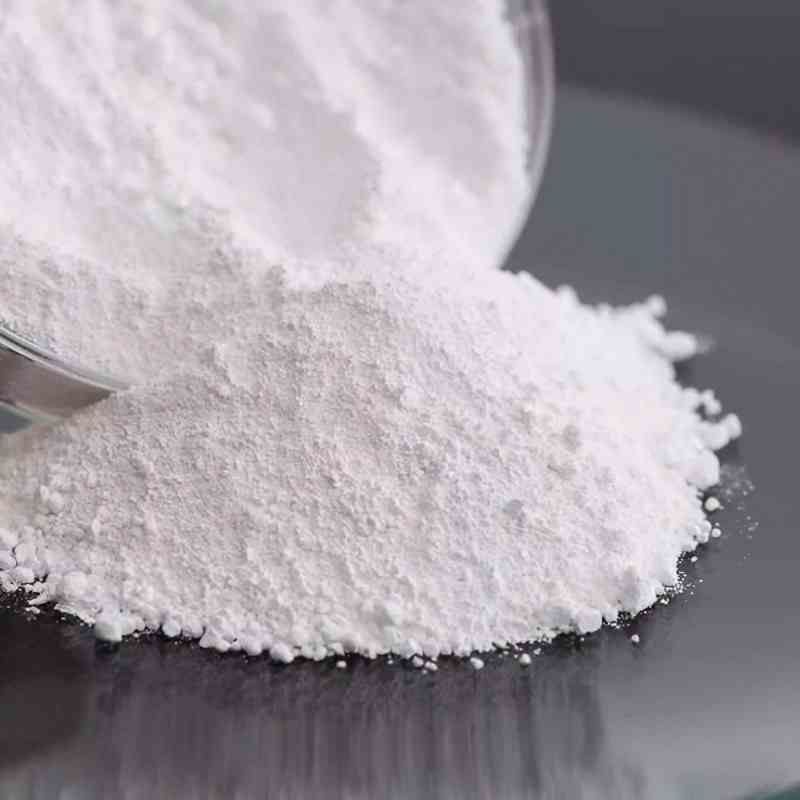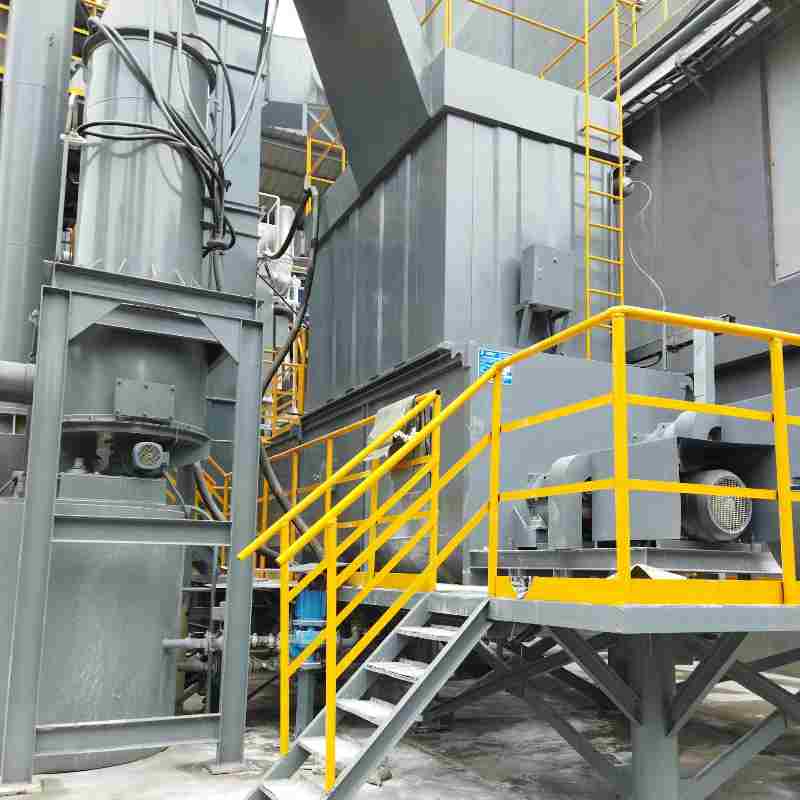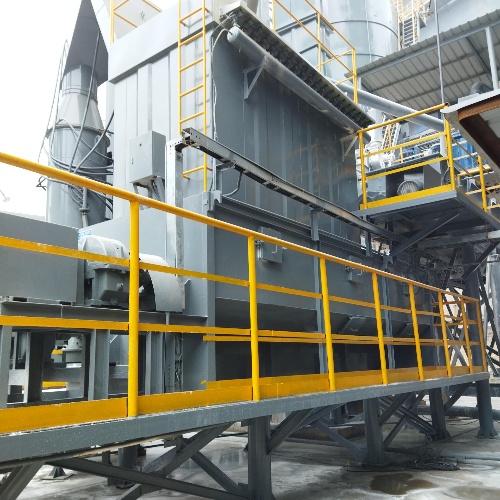
The Difference Between Slaked Lime and Hydrated Lime and Their Processing
In the industrial application of lime products, the terms “slaked lime” and “hydrated lime” are often used interchangeably. While both contain calcium hydroxide (Ca(OH)₂) as their primary component, they differ significantly in their production methods, physical forms, and applications. This article will delve into the differences between the two and introduce key equipment and process flows for calcium hydroxide production, helping companies make informed decisions regarding material selection and production layout.
I. Definition and Difference between Slaked Lime and Hydrated Lime
| Item | Slaked Lime | Hydrated Lime |
|---|---|---|
| Chemical Composition | Calcium Hydroxide (Ca(OH)₂) | Calcium Hydroxide (Ca(OH)₂) |
| Production Method | Quicklime reacts with excess water to form a slurry or paste | Quicklime is rapidly reacted by adding water under controlled conditions, followed by dehydration and drying |
| Physical State | Wet, slurry, or paste | Dry powder |
| Purity and Activity | Relatively low activity; purity significantly affected by reaction control | High purity (≥95%); uniform reaction, and strong activity |
| Applications | Architectural plastering, traditional crafts, interior and exterior wall coatings | Flue gas desulfurization, environmental treatment, chemicals, pharmaceuticals, and feed additives |
| Storage and Transportation | Requires sealed, wet storage, making transportation inconvenient | Stable storage makes packaging and long-distance transportation easy |
II. Calcium Hydroxide Processing Technology and Key Equipment
Efficient conversion of quicklime (CaO) into slaked lime slurry or hydrated lime powder requires scientific equipment configuration and process control. The following is an introduction to common calcium hydroxide production line equipment:
- Lime Digester


The lime digester and medium- and high-surface-area calcium hydroxide production equipment and industrial demonstration line specifically address industry pain points such as the complex structure, low digestion efficiency, high energy consumption, and inconvenient installation and maintenance of traditional equipment. Furthermore, the quality limitations of ordinary calcium oxide raw materials hinder the full conversion and efficient production of medium- and high-surface-area calcium hydroxide. These products offer significant core advantages:
20% Energy Saving and Consumption Reduction: The innovative single-stage continuous digestion chamber design replaces the traditional 2- to 7-stage stacked structure. A single-stage digestion chamber can reach over ten meters in length, significantly exceeding the combined capacity of traditional multi-stage digesters and significantly shortening the digestion time. The motor power is only one-sixth of that of a seven-stage digester, directly reducing energy consumption by 20%.
30% Efficiency Improvement: Combined with an optimized process using functional composite additives, the conversion rate of ordinary calcium oxide raw material exceeds 95%. The resulting medium- and high-surface-area calcium hydroxide (BET ≥ 20 m2/g) achieves an efficiency of over 85% in desulfurization applications, significantly improving resource utilization and end-use performance.
Thermal energy utilization rate increased by 40%: The preheated water mist dust removal device reduces dust by 90%. At the same time, through the thermal energy circulation design, the utilization rate is increased by 40%, truly achieving the dual benefits of “turning waste into treasure” and taking into account environmental protection and energy efficiency.
Conclusion
While slaked lime and hydrated lime are both calcium hydroxide products, their different forms, purity, and uses necessitate a distinction in material selection and processing. With rising environmental standards and the development of sophisticated industries, demand for hydrated lime is growing. Choosing automated, efficient, and environmentally friendly production line equipment has become crucial for companies to enhance their core competitiveness.
If you have further questions regarding calcium hydroxide project design, production line selection, or equipment specifications, please contact us for customized solutions.


